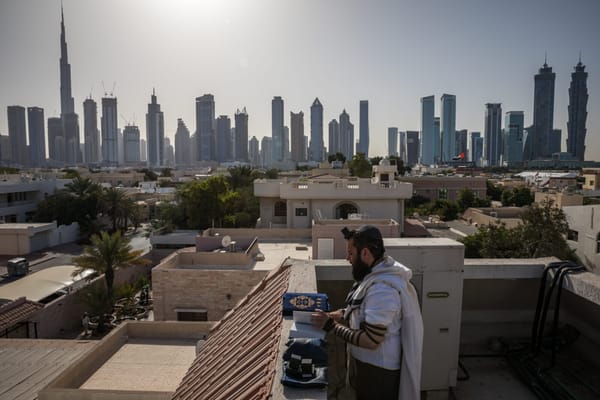History as Social Critique in Syrian Film
Muhammad Malas’ al-Layl and Ryad Chaia’s al-Lajat History is back in fashion in Syria. The last few years have seen a flurry of Syrian films and TV series treating historical epochs from Zenobia’s Palmyra to the French occupation (1920-1946). The latter has been especially well represented in this









